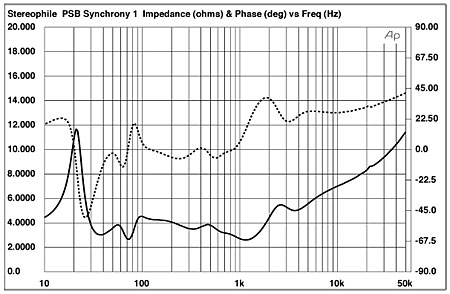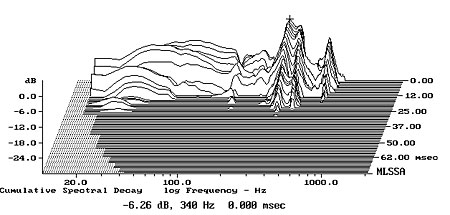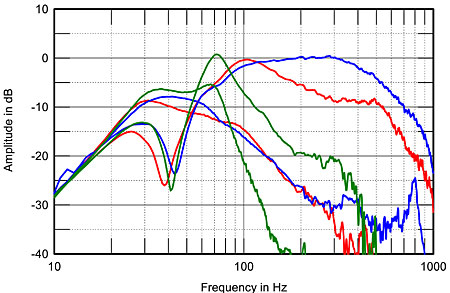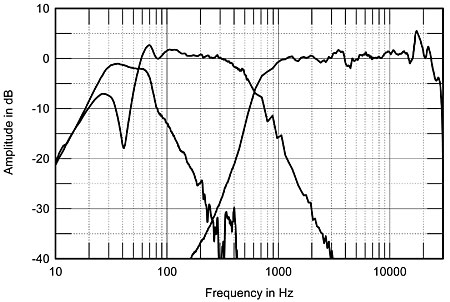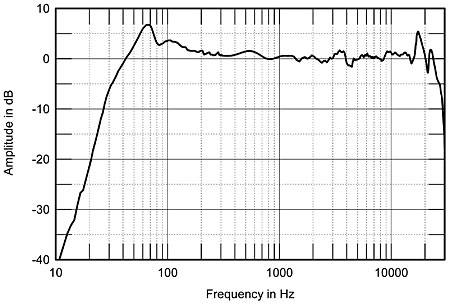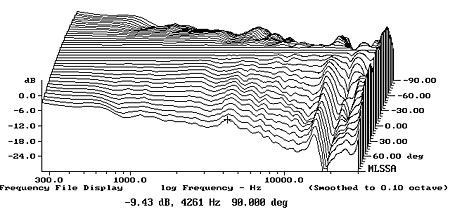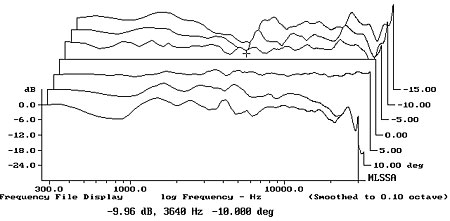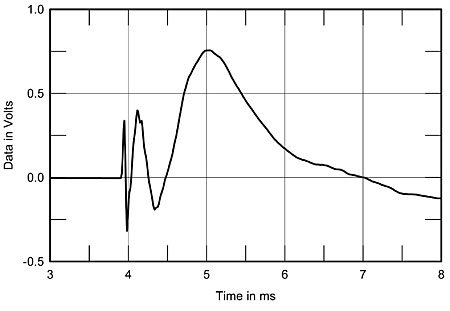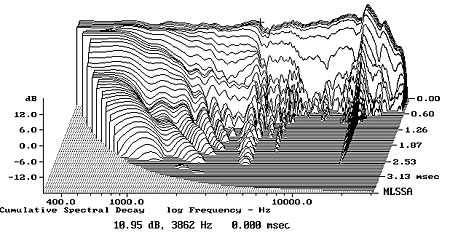| Columns Retired Columns & Blogs |
What are the benefits above visual presentation that the Synchrony One offers above the Gold? Could anyone who has heard both describe the difference(s) in sound between the PSB Synchrony One and the PSB Stratus Gold speakers?
Again and again, I'm finding the Synchrony Ones well regarded, by dealers and reviewers, alike. At the $4500 price point, perhaps it offers an attractive proposition?
Could anyone compare the sound to the Totem Element Earth speakers ($9000/pr), good and obtuse? The Focal Electra 1038be ($12,500)? The 1028be ($8500/pr)?
All are what I would call afforable, class B or C loudspearkers, perhaps, if recommened.
Notably, the PSB Synchrony One falls into 2012 Stereophile's Class A - R/E LF, loosing only low-frequencies to competing with the well-regarded B&W 800 diamond ($24,000/pr), or Revel Ultima's ($22,000 Salon/pr, $16,000 Studio/pr), which would be considered value-leaders, if one reads their respective reviews.
So, I am asking is the PSB Syncrhony One a huge advance over the PSB Stratus Gold, is it better than the Totem Elements and the Focal Electras, etc., and is it sonically competive with the B&W 800 series and Revel Ultima Series, with the exception of SPL and bass-extension cabability?
Does it have the same resolution, or would one only hear 75% of the detail say of an 800 or 802 diamond on the PSB's, like one would with a Totem Element speaker?
What are the various trade-offs, or is it just a spectacularly good (compared to the competive offerings) price?
Regards,
John
